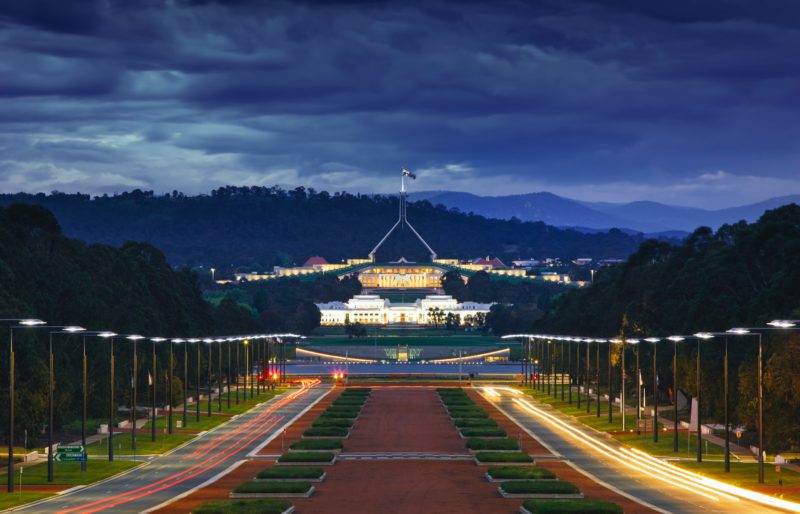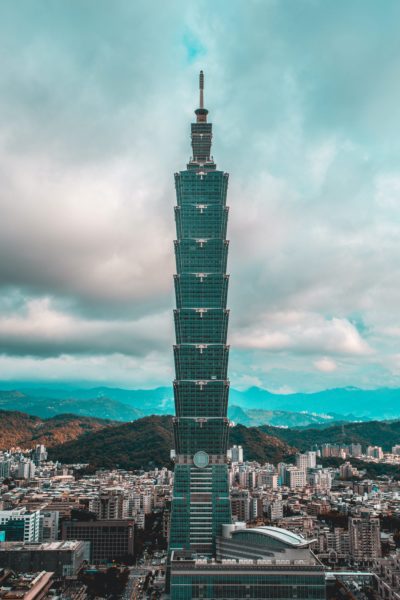Few countries have done such a good job controlling COVID-19 as Australia, but now the nation is facing a significant test in Bondi. A driver (sometimes described as a bus driver, and sometimes as a “car-for-hire driver) worked shuttling air crews to quarantine hotels, as well as driving the general public. Even though he was a front-line worker, he was not vaccinated. He also seems to have had poor personal protective equipment (PPE). Unfortunately he was infected with COVID-19. While in the contagious phase he went to see a movie, visited a cafe twice, had lunch at a Japanese restaurant, and drove a large number of passengers.
What was most remarkable, however, was his visit to a mall in Bondi (Westfield Bondi Junction). In that mall, he appears to have infected people despite “fleeting contact” which was recorded on store cameras. There were a number of such cases. One woman was sitting outside at a cafe, where he was sitting indoors. Normally the risk of outdoor transmission is believed to be low. But she was infected. In another case he appears to have passed a shopper, in the briefest of interactions, which was captured on CCT cameras. But that person was infected. The old rules -fifteen minutes of contact is required for transmission; outdoor transmission is rare- don’t seem to apply in this case, which is causing some justified worry in Australia. People are lining up in their cars for testing.
Fortunately, people seem to have been isolating as asked, and wearing masks. As of today, there are still only eleven cases. Hopefully, this outbreak will be controlled. Health authorities are currently dealing with over a hundred exposure sites. One of the places people were exposed was on a bus. This incident raises this question: is the unusual pattern of spread the result of the new, more transmissible Delta variant, or was this something particular to this individual patient. Epidemiologists are discussing this question is multiple venues. Currently 3.2% of Australians are fully vaccinated.
Whatever the answer in this case, we may see more examples. As was the case with Taiwan, the critical failing was around quarantine hotels and air crews. All people who work in any respect with air crews (in nations without community transmission) need to be fully vaccinated. And the system for hotel quarantine needs to be improved. And more broadly, here in the US we are still far off our record for one day COVID-19 vaccinations, despite a slight uptick recently. People need to be vaccinated now, as the Delta variant is growing rapidly. Although it was originally thought that it would be the dominant strain of COVID-19 in the US as early as this August, it’s now looking as though that might happen as early this July. If you’re fully vaccinated, you have a good level of protection and don’t need to worry. If you’re not fully vaccinated, now is the time to do so.
Shawn Smallman, 2021









